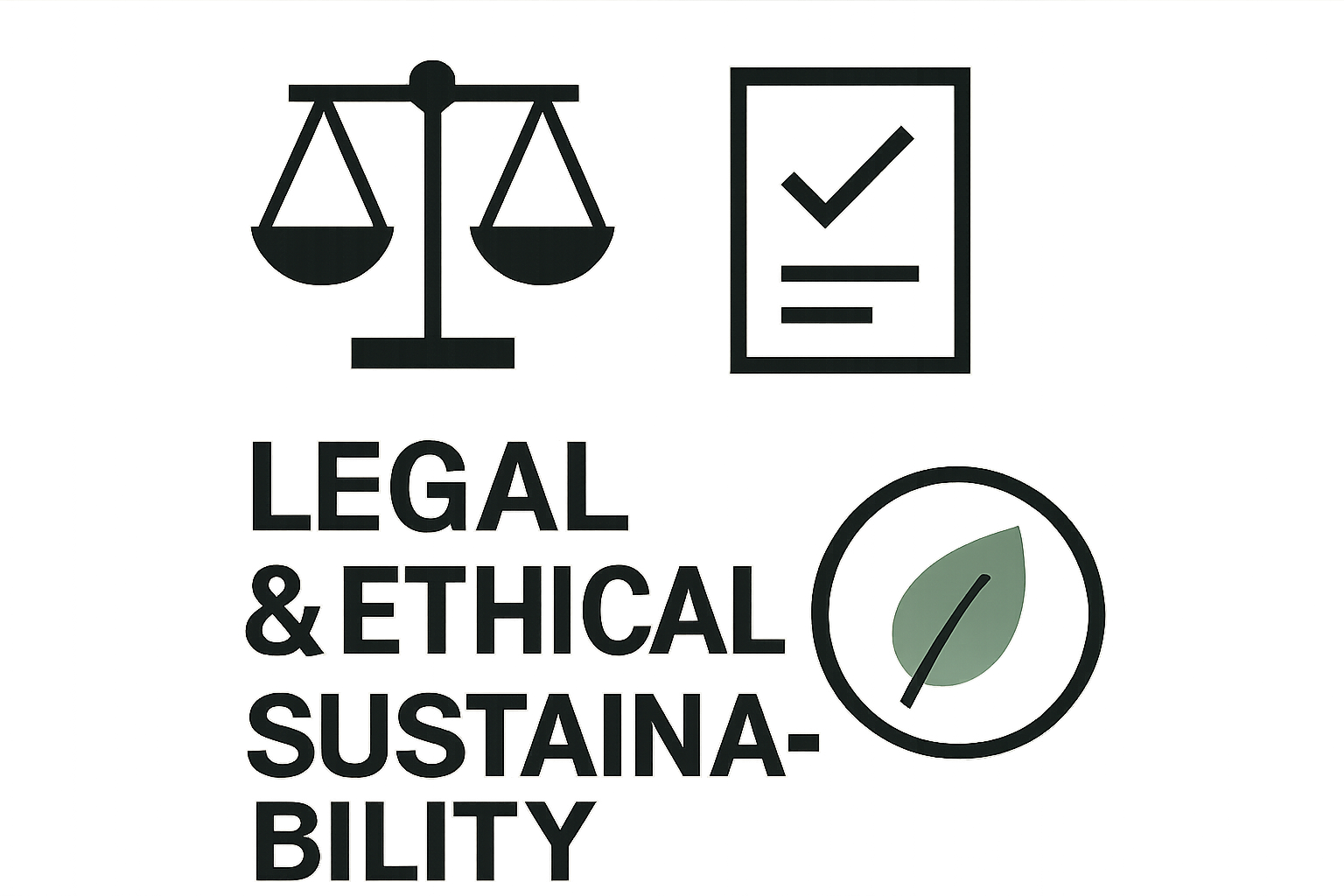Sustainable Branding: Greenwashing Rules in Switzerland 2025


Communication is becoming more transparent. People are looking for brands that share their values – especially on climate. The demand for honest communication and clean business practices is growing.
I'm interested in the blurry line between design and marketing. What used to be credible? What still is? And where is it going?
In 2025, that line has become measurable. And honestly, I think that’s a good thing.
Since January 2025, Switzerland’s Unfair Competition Act (UWG) prohibits unclear or unprovable environmental claims. Saying you’re "climate-friendly" isn’t enough anymore – unless you can back it up.
New EU Green Claims rules will also come into force (2026/27), affecting Swiss SMEs trading across borders. Visual communication now needs proof.
For some brands, this will be a shift. But to me, it feels overdue.
Design shouldn’t deceive. Otherwise, you end up disappointing people.
Now that we have to back up what we claim, there’s space for something better: honest communication, genuine business, visible values.
Transparency is no longer a trend – it’s a stance. And those who show up, explain clearly and admit when they’re wrong? They’ll earn more trust than any flashy campaign.
Visual language needs context. A green leaf alone won’t cut it anymore.
What works today:
– exact CO₂ stats
– linked certificates
– multilingual info
– transparent design systems
Education is key. But it doesn’t have to be complicated. No heavy paragraphs. Good design speaks for itself – clean, readable, universal. It connects values with people – not through noise, but clarity.
Design becomes documentation – of your values, your intention, your strategy.
What you show must be explainable. Visually and contextually.
Small brands carry big responsibility – often with fewer resources. And audiences are more alert than ever.
So design needs to show up early – even if it’s just a sticker or landing page.
It’s better to commit to a clear, honest path today than fix it under pressure tomorrow.
Design was never neutral. Now it’s demonstrably powerful – legally, strategically, communicatively.
Your message is reflected back to you. That’s where responsibility starts.
But it’s also an opportunity: create clarity, earn trust, show your stance. Transparency was always a good design principle – now it’s a requirement. And that’s not the end of creativity. It’s the beginning.
I help you clarify your visual messaging – strategic, compliant, transparent.
→ Book a call
I will never send more than one email per month, I promise!